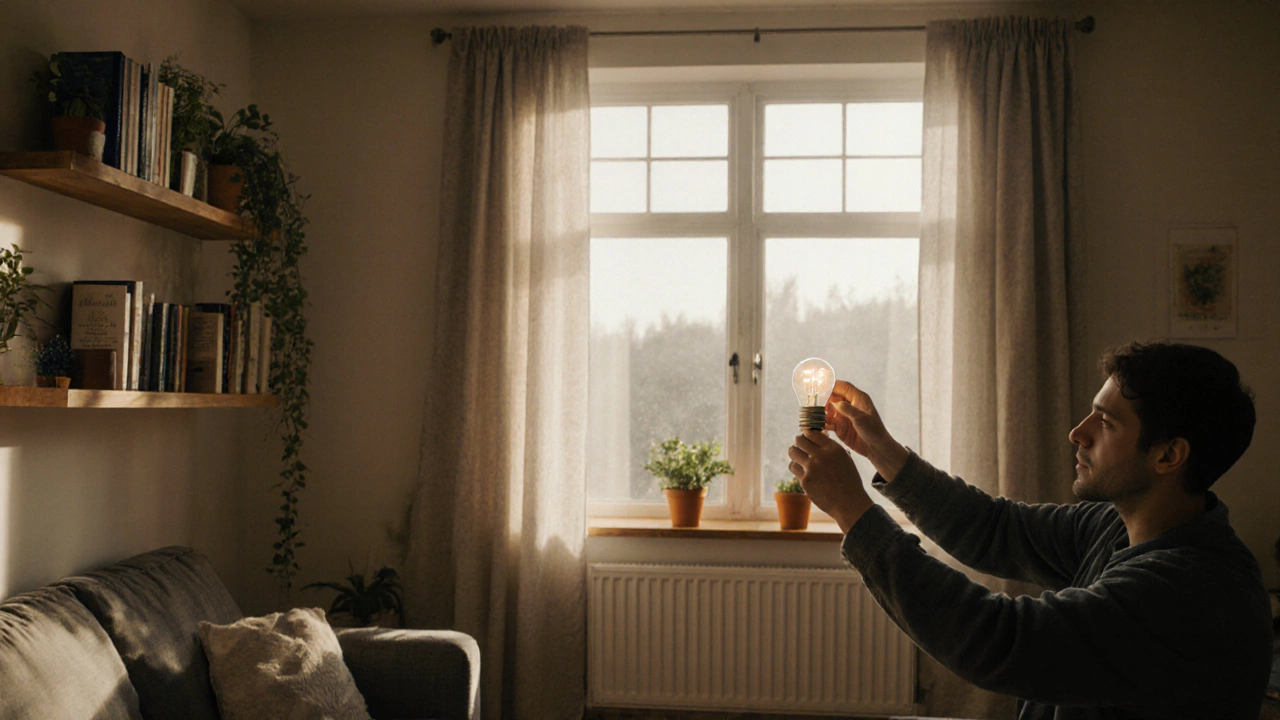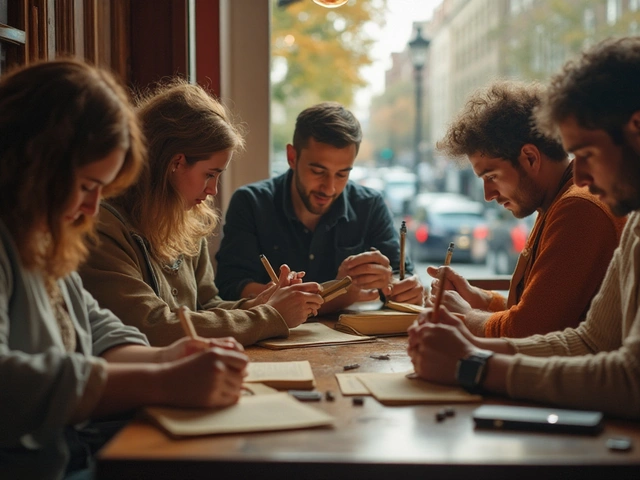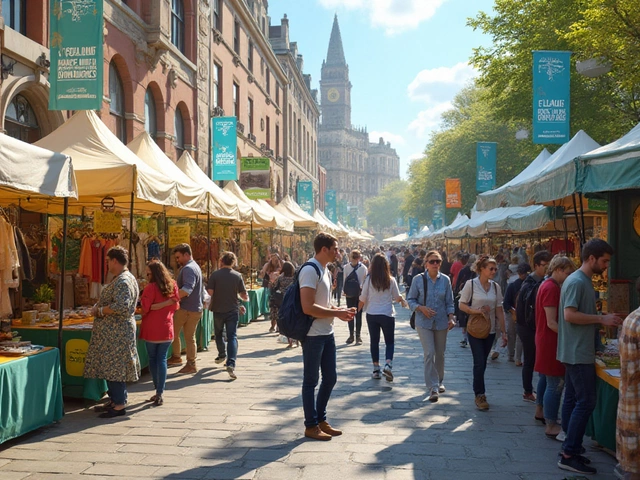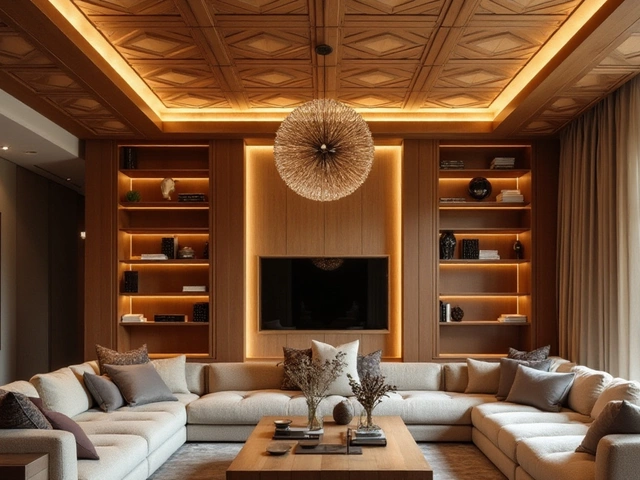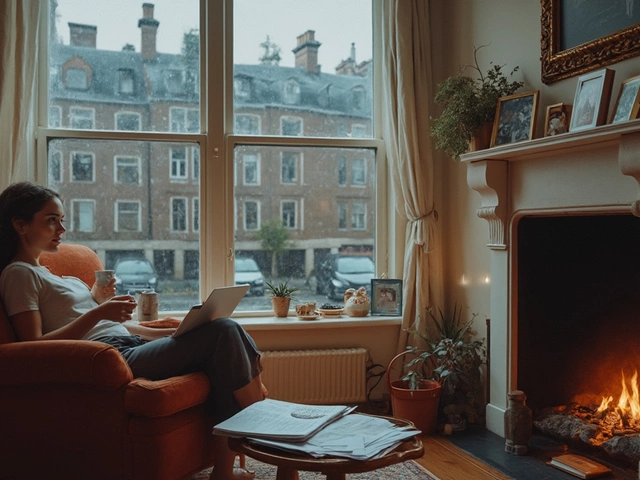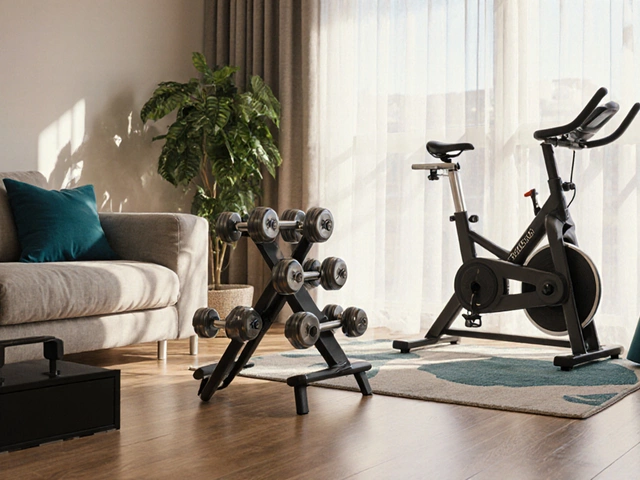Water Savings Calculator
Current Usage
WaterSense Options
When you hear the word "eco-friendly," you might picture solar panels on a roof or a compost bin in the backyard. But here’s the truth: most of what makes a house truly eco-friendly happens in the quiet, everyday stuff-things you can change right now without spending thousands.
It’s Not Just About Solar Panels
A lot of people think going green means big, expensive upgrades. It doesn’t. The biggest impact comes from small, smart choices that add up over time. For example, switching from a traditional incandescent bulb to an LED uses 75% less energy and lasts 25 times longer. That’s not a trend-it’s a fact backed by the U.S. Department of Energy. And if you’ve got 20 bulbs in your house? You’re already cutting your lighting energy use by 75%.But energy isn’t the only thing that matters. The materials inside your home have a hidden carbon footprint. Paint, flooring, furniture, and even insulation can release chemicals you can’t see or smell. These are called VOCs-volatile organic compounds-and they’re in many conventional products. You don’t need a lab test to know if something’s toxic: if the label says "low-VOC" or "no added formaldehyde," it’s a good sign. Brands like Benjamin Moore’s Natura or AFM Safecoat have been doing this for years. They’re not expensive, and they don’t smell like a chemical factory.
Water Isn’t Free, Even If Your Bill Says So
A dripping faucet might seem harmless, but over a year, it can waste more than 3,000 gallons of water. That’s enough to fill a small swimming pool. Fixing leaks is the easiest win. But beyond that, low-flow showerheads and dual-flush toilets make a real difference. A standard showerhead uses 2.5 gallons per minute. A WaterSense-labeled one uses 2.0 or less. If you shower for 8 minutes every day, switching saves you 12,000 gallons a year. That’s not just good for the planet-it cuts your water bill too.And don’t forget your washing machine. Front-loading models use 40% less water than top-loaders. If you’re replacing an old machine, look for the ENERGY STAR label. It’s not a marketing gimmick-it’s a government-backed standard that means the appliance meets strict efficiency rules. In Australia, where water scarcity is a growing issue, these changes matter more than ever.
What You Buy Matters More Than What You Own
Your home isn’t just made of walls and floors. It’s filled with stuff. And most of that stuff was made somewhere else, shipped across oceans, and packed in plastic. The eco-friendly move? Buy less, but buy better.Look for furniture made from reclaimed wood or FSC-certified timber. FSC means the wood comes from responsibly managed forests. Avoid particleboard with cheap glue-it’s full of formaldehyde. Instead, choose solid wood or bamboo, which grows back fast and doesn’t need pesticides. Secondhand stores, online marketplaces like Gumtree, or local salvage yards are goldmines. A well-made wooden chair from the 1970s has a smaller footprint than a new one from IKEA, even if it’s "sustainable."
Same goes for textiles. Cotton is thirsty-producing one T-shirt takes 2,700 liters of water. Organic cotton uses 91% less water and no synthetic pesticides. Linen, made from flax, is even better. It grows with almost no irrigation and needs no chemical treatments. If you’re buying curtains, rugs, or bedding, check the label. Look for GOTS (Global Organic Textile Standard) certification. It’s the gold standard for organic fibers.
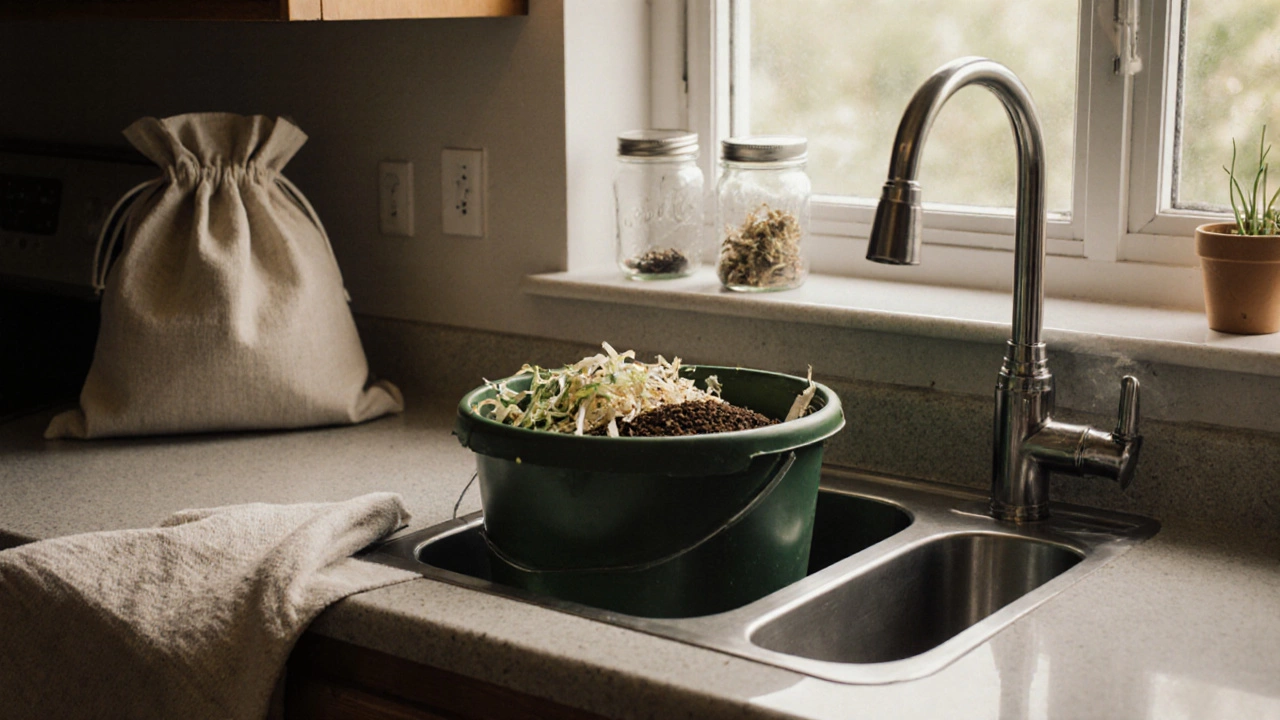
Energy Efficiency Starts With the Windows
Windows are the weakest link in most homes. Single-pane glass lets heat escape in winter and lets it in during summer. That means your heater or air conditioner works overtime. Double-glazed windows cut heat loss by up to 50%. If replacing them isn’t in your budget, thermal curtains are a cheap fix. They’re thick, lined, and block drafts. You can buy them for under $50 a pair.Sealing gaps around doors and windows with weatherstripping or caulk is another no-brainer. It costs less than $20 and can reduce your heating bill by 10-20%. In Melbourne, where winters get chilly and summers get hot, this one step alone can make your home more comfortable and cut your energy use.
Smart Tech That Actually Helps
Smart thermostats like Nest or Ecobee aren’t just fancy gadgets. They learn your schedule and turn down the heat or AC when you’re out. Studies show they save 8-12% on heating and cooling costs annually. That’s $100-$200 a year for most households.Smart plugs are even simpler. Plug your TV, game console, or coffee maker into one, and you can turn them off remotely-or set them to shut off automatically. Standby power, the energy devices use when they’re "off," adds up. A single TV on standby can use 5-10 watts. Multiply that by 10 devices in your house, and you’re wasting 50-100 watts 24/7. That’s like leaving a light on all year.
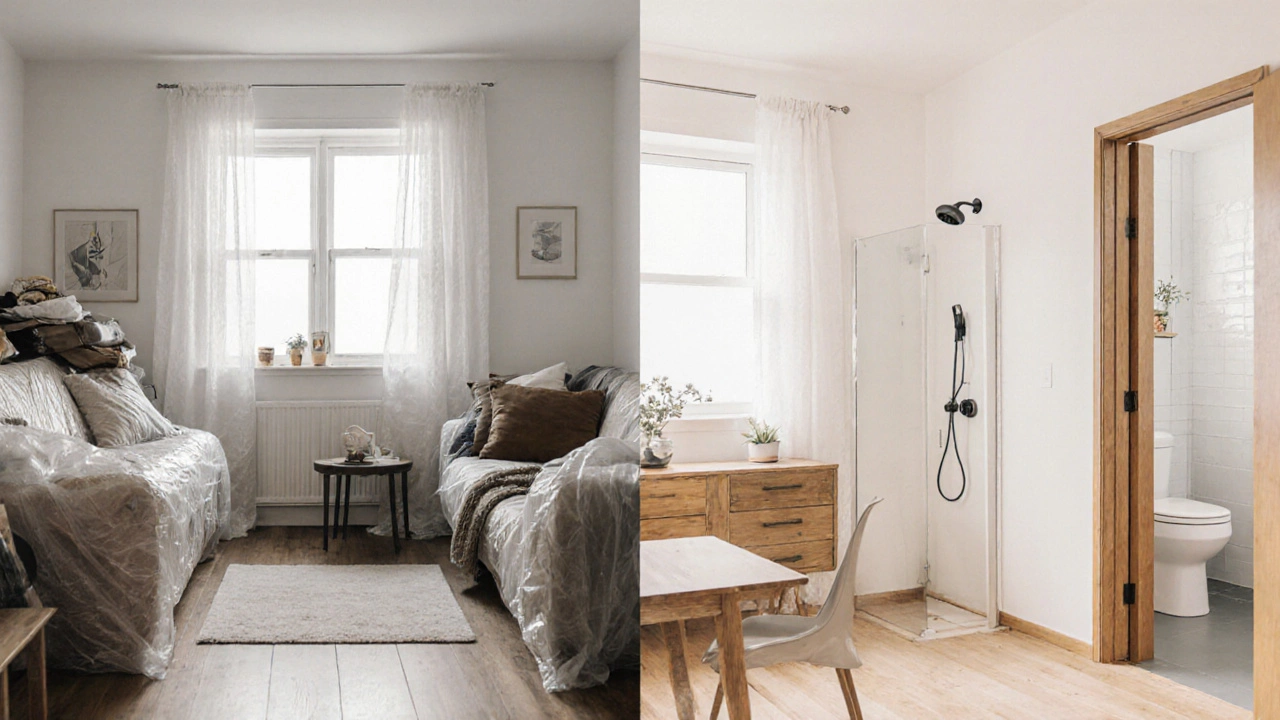
Composting and Waste That Doesn’t Go to Landfill
Your kitchen scraps-coffee grounds, eggshells, veggie peels-don’t belong in the trash. When they rot in landfill, they release methane, a greenhouse gas 25 times worse than CO2. Composting turns them into nutrient-rich soil for your garden. You don’t need a fancy bin. A lidded bucket with holes drilled in the bottom, kept under the sink, works fine. Add a bit of dry leaves or shredded paper to balance the moisture. In six months, you’ve got free fertilizer.And if you’re not ready to compost? Start with recycling right. Rinse containers. Don’t toss pizza boxes-they’re greasy and can’t be recycled. Know your local rules. In Melbourne, some councils accept soft plastics in special bins at supermarkets. Others don’t. Check your council’s website. It’s not about being perfect-it’s about being consistent.
What’s Not Eco-Friendly? The Myths
Not everything labeled "green" actually is. Bamboo towels? Great-but only if they’re made from bamboo fibers, not chemically processed rayon. Some brands just slap "bamboo" on the tag and use synthetic dyes. Look for OEKO-TEX certification to be sure.Reusable bags? Yes. But only if you use them more than 10 times. A cotton bag needs 20,000 liters of water to make. A plastic bag? 400. So if you use your cotton bag just a few times, you’re worse off. Use what you already have. Reuse old t-shirts as cleaning rags. That’s the real eco-friendly move.
And don’t fall for "eco-friendly" cleaning products that just change the bottle color. Vinegar, baking soda, and castile soap clean better than most store-bought sprays. They’re cheaper, non-toxic, and come in bulk. Mix vinegar and water in a spray bottle for windows. Add a few drops of tea tree oil for disinfecting. Done.
Start Small. Stay Consistent.
You don’t need to overhaul your whole house tomorrow. Pick one thing. Swap one lightbulb. Fix one leak. Buy one piece of secondhand furniture. That’s how real change happens.In Melbourne, where we’ve had record heatwaves and water restrictions, every small choice adds up. The goal isn’t perfection. It’s progress. And the best part? You’ll feel better living in a home that doesn’t cost the earth.
What’s the most important eco-friendly change I can make in my house?
The biggest impact comes from sealing air leaks and upgrading to LED lighting. These two steps cost less than $100 total and can cut your energy bill by 20-30% within the first year. They’re quick, easy, and don’t require permits or contractors.
Are eco-friendly products more expensive?
Sometimes upfront, but rarely over time. A low-flow showerhead costs $30 but saves $200 a year on water and heating. Organic cotton sheets cost more than conventional ones, but they last twice as long. Buying secondhand or repairing what you have cuts costs immediately. Eco-friendly doesn’t mean expensive-it means thinking long-term.
Can I make my home eco-friendly without renovating?
Absolutely. You don’t need to rip out floors or replace windows. Switch to LED bulbs, use thermal curtains, install a smart plug, compost food scraps, and wash clothes in cold water. These changes cost little and make a real difference. Renovations help, but they’re not required to start living more sustainably.
What should I avoid when buying "green" products?
Avoid anything with vague labels like "natural" or "eco-friendly" without certification. Look for specific seals: FSC for wood, GOTS for textiles, Energy Star for appliances, WaterSense for plumbing. Check ingredients-avoid phthalates, parabens, and synthetic fragrances. If you can’t pronounce it, it probably shouldn’t be in your home.
Does having plants in my house make it eco-friendly?
Plants improve air quality slightly and boost your mood, but they don’t replace ventilation or air purifiers. Don’t rely on them to filter toxins. But they’re still great. Choose low-water plants like snake plants or pothos. They need little care and thrive indoors. Just don’t think they’re a substitute for fixing your HVAC or switching to non-toxic paint.
